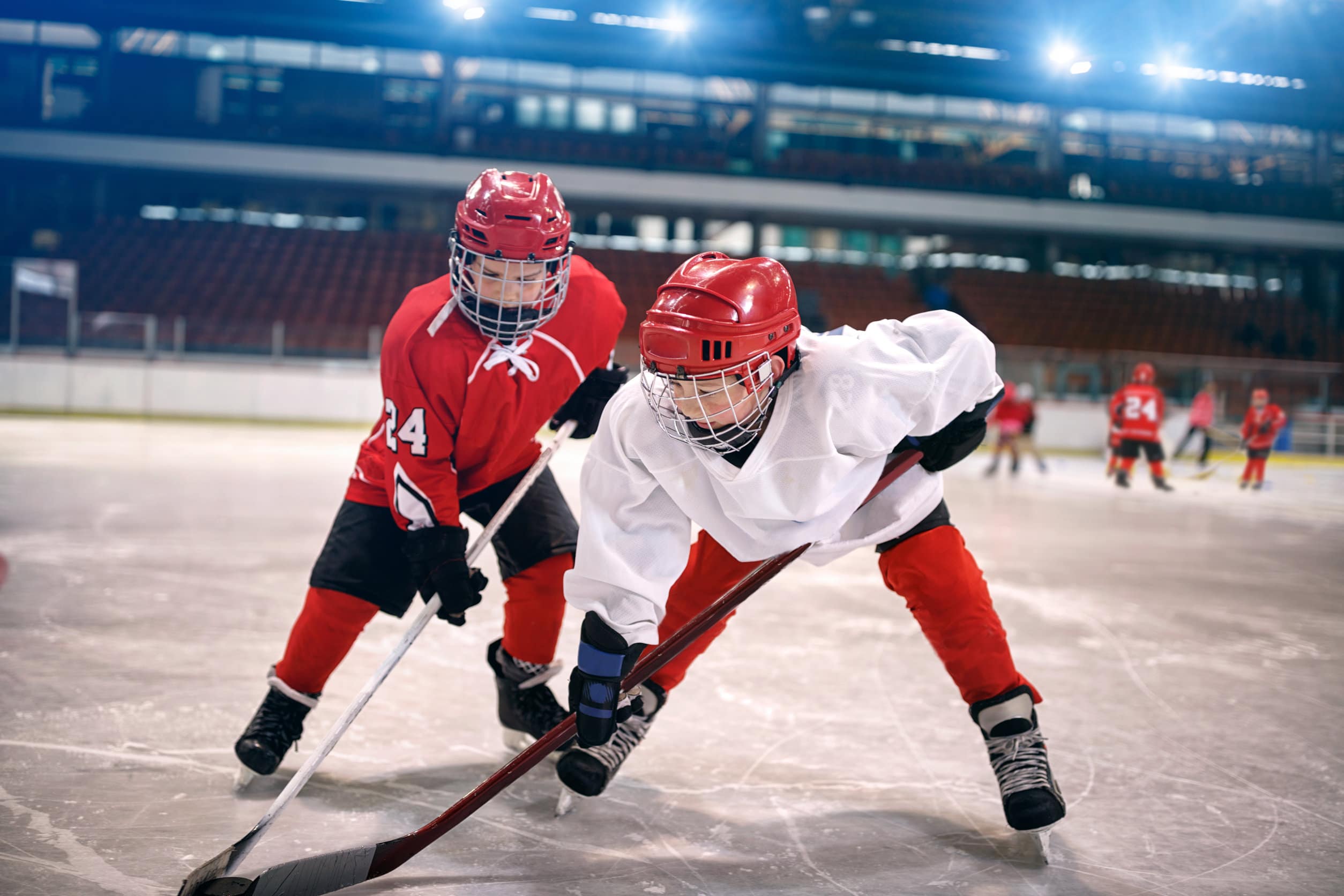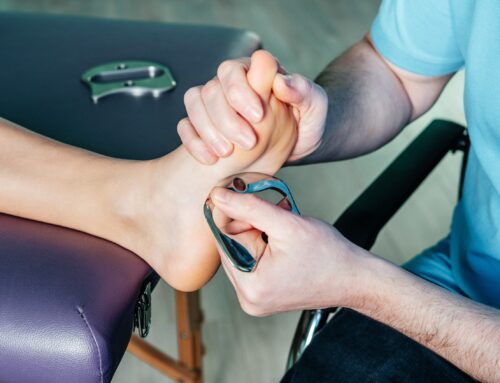COMMON HOCKEY INJURIES
Concussion
Athletes may suffer a concussion without getting “knocked out” (loss of consciousness). Players, coaches, and parents should be aware of the typical symptoms and signs, including “not feeling right” and headache. Any player experiencing symptoms or displaying signs of a concussion should not return to play and should be medically evaluated.
Shoulder Injuries
The most common shoulder injuries in hockey are a shoulder separation and a broken collarbone. These injuries occur from direct contact of the shoulder with another player, the boards, or the ice. Treatment can include a sling, rest and in serious cases surgery.
Elbow Injuries
The point of the elbow is a frequent area of contact, which can result in the development of bursitis. Thick and scarred bursal tissue (which feels like bone chips, but isn’t) can be a source of recurrent inflammation. The best prevention method is wearing elbow pads that fit well and have an opening for the elbow, soft padding, and a plastic outer shell.
Wrist Injuries
A fall on the outstretched arm or contact with the boards that forces the wrist up or down may cause a fracture. Players should try bracing themselves against the boards using their forearms instead of their hands.
Back Injuries
Hockey players are at risk for low-back injuries due to the flexed (forward) posture of skating and the frequent hyperextension (backward) stress. Low-back pain and/or a pulled muscle are the most common injuries. Stretching of the hip flexors along with strengthening of the back and abdominal muscles will help avoid these injuries.
Hip Injuries
The hip joint and groin muscles are susceptible to injury due to the mechanics of the skating stride. Some of the most common soft tissue injuries in hockey players include a groin strain and a hip flexor strain. Off-season strengthening and dedicated stretching before and after practice are important to prevent these injuries. In addition, a direct blow to the outside of the hip can cause a hip pointer or trochanteric bursitis. Hockey pants with reinforced padding over these vulnerable areas may help protect them.
Knee Injuries
The medial collateral ligament is most susceptible to a sprain because of the leg position—pushing off the inside edge of the skate blade—and contact to the outside of the knee. Anterior cruciate ligament (ACL) disruption and meniscus tears (torn cartilage) can also occur but are less common in hockey than in other sports such as football, soccer, and basketball.
HOW CAN HOCKEY INJURIES BE PREVENTED?
The intrinsic hazards of playing hockey cannot be completely eliminated, but the risk of injury can be substantially reduced. Fortunately, the overwhelming majority of hockey injuries are mild. Most injuries involve the soft tissues: bruises, muscle strains, ligament tears, and cuts. Serious injuries are possible and players should avoid dangerous tactics. A few tips for preventing injuries include:
- Obtaining a preseason screening examination by an experienced athletic trainer or physician to identify existing injuries and uncover deficiencies.
- Participating in a sports-specific conditioning program to avoid physical overload.
- Obtaining high-quality equipment that fits well and is not damaged, worn-out, or undersized.
- Enforcement of existing rules. Players and coaches should always demonstrate sportsmanship and mutual respect for their opponents and the officials.
- Following injury and treatment, a post-injury evaluation ensures successful healing and guides safe return to play.








